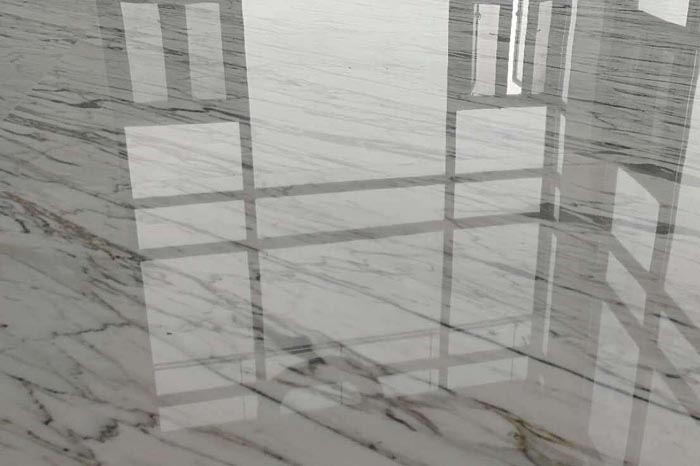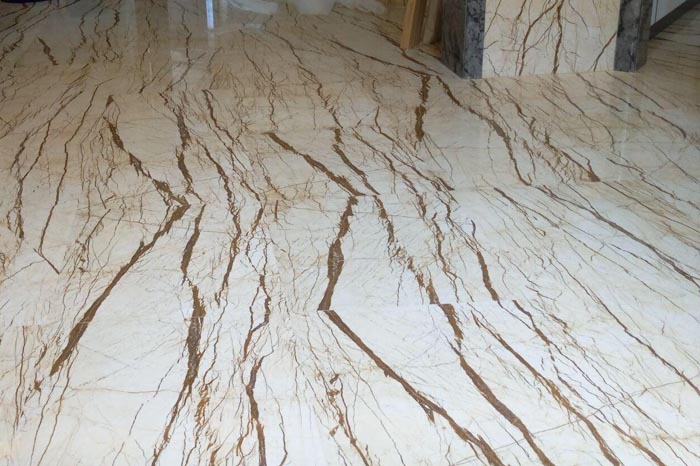As we all know, over time, stone loses its original luster. This is because the microstructure of stone is damaged to a certain extent, such as surface loss, chalking, peeling, holes, cracks, etc., generally need to use renovation methods Treat the stone surface. So, today we will take a look at the three common methods of stone surface renovation with the editor of FABULOU Group.

1. The purpose of the coating is to conceal and conceal, and the coating can almost be fake. For example, using imitation stone paint on the exterior wall, we have used the waste of sawn stone to make the imitation fire board and the coating of the rough board: for the indoor floor, for example, some serious erosion, holes, cracks or loose stone, etc. , You can fill holes and cracks with resin and filler first, and then infiltrate and reinforce with stone enhancer, and then polish. The stone enhancers we produce are often used in stone renovation projects. In addition, some bright resins are also often used in the finishing or enhancing treatment of indoor stone surfaces, which can achieve the effect of improving the quality of the stone.
2. Grinding and polishing can make the surface lose gloss, the surface layer will be pulverized and peeled, and the shiny surface of the stone can be restored to its original natural appearance. The combination of some new abrasive tools, abrasives and chemical additives can make the refurbished stone surface reach a mirror gloss of more than 90 Gauss. At present, the domestic ground refurbishment and polishing technology is relatively mature, and the construction of the wall is still technically difficult.

3. Sandblasting is also called particle spraying, which can restore the original natural appearance of the rough surface and irregular surface of the stone. For example, it has a good effect on rough board, fire board and sculpture. The airflow pressure used in modern particle or microparticle spraying is about 105~106Pa, and the well-designed portable spraying machine can automatically recover and separate the working particles and absorb the floating dust. Particle materials include: quartz powder, natural fine sand, corundum powder, calcite powder, glass beads, blast furnace slag particles, plastic particles, etc. These particles can be divided into general particles (0.1~0.5m) and fine particles (0. 05~0.1mm), can be selected according to the situation. Sandblasting renovation methods are more common in foreign countries, but there is no similar high-quality particle spraying machinery products in China.